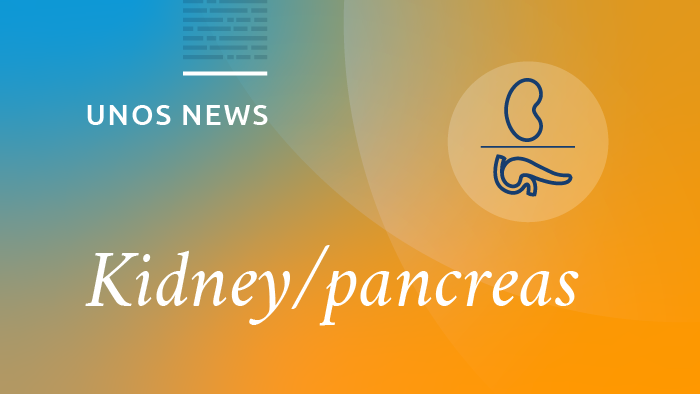The OPTN Kidney Transplantation and Pancreas Transplantation Committees met June 25 in Baltimore to continue developing proposals to increase equity in access by replacing donation service area (DSA) and regional boundaries in kidney and pancreas distribution.
“Both our committees reviewed the recent SRTR modeling of policy options,” said Silke Niederhaus, M.D., vice chair of the Pancreas Committee. “We saw that many of the options had very similar impacts on key outcomes, so we were able to narrow the options we will pursue further.”
Both committees resolved not to continue active study of the options utilizing circles of 150 nautical miles from the donor locations, since their modeled outcomes did not reveal significant enough benefits to restrict distribution to that radius.
Each committee and a joint workgroup will continue to refine and discuss options based on circles of either a 250 or 500 nautical mile radius. They will review refined analysis comparing the alternative approaches to one another and to the baseline simulation of current allocation policy.
“We will continue to discuss options that best address needed improvements to equity and patient access,” said Nicole Turgeon, M.D., chair of the Kidney Transplantation Committee. “We have an opportunity not simply to replace our use of DSAs and regions but to make things better for all our patients.”
The committees and workgroup will also carefully weigh community and public input, including comments and questions from webinars held June 27 and 28.
For additional information or to share other perspectives, contact Ross Walton at [email protected] or (804) 782-4942, or Tina Rhoades at [email protected] or (804) 782-1551.

